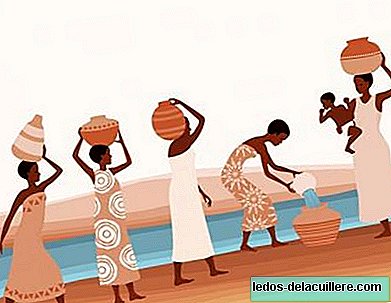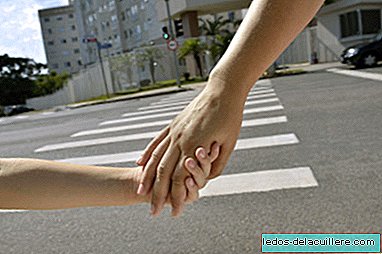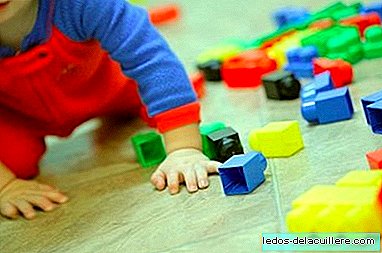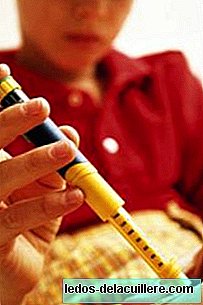
As we have told you, World Water Day is celebrated today and UNICEF wanted to focus Children who die every day for not having access to drinking water. What do countries do to avoid this serious problem? Progress is being made in the achievement of some objectives, but it is an issue that has to do with the eight Millennium Development Goals (MDGs).
This means that, wherever we look at it, improving the population's access to drinking water is improving its development. Because from maternal survival, early childhood education or gender equality, everything would be improved with good conditions regarding water in the world.
Let's see how Water is related to the eight Millennium Development Goals which, remember, were for 2015.
Goal 1: Eradicate extreme poverty and hunger. The security of the subsistence of households depends on the health of their members: when adults suffer illnesses or must take care of sick children, their productivity is reduced. In addition, diseases caused by an unsafe drinking water supply and sanitation have a high cost in health care in relation to the income of the poor. People who are in good health absorb nutrients more efficiently from food than those who suffer from water-related diseases. And, finally, the time lost in long-distance water collection and poor health conditions contribute to increasing poverty and reducing food security.
Goal 2: Achieve universal primary education. Better health and a reduction in the burden of carrying water improve school attendance, particularly among girls. Having separate sanitation facilities for boys and girls in schools improves the attendance of girls, particularly teenage girls.
Goal 3: Promote gender equality and empower women. The improvement of the water supply makes it possible to shorten the time that women spend on tasks related to health and family care, and gives them more time for productive activities, adult education and leisure. On the other hand, water supply sources and sanitation facilities near their homes reduce the risk of women and girls being assaulted while searching for water or making their needs.
Goal 4: Reduce childhood mortality, the topic we referred to in a previous article. And it is clear that better sanitation and better sources of drinking water supply reduce the morbidity and mortality of children.

Goal 5: Improve maternal health. Accessible sources of water supply reduce the workload and problems arising from water transport, reducing the risks of maternal mortality. Sanitary facilities must have potable water and basic sanitation in order to guarantee basic hygienic practices after delivery.
Goal 6: Combat HIV / AIDS, malaria and other diseases. Drinking water and basic sanitation contribute to prevent water-related diseases, including diarrheal diseases, schistosomiasis, filariosis ... The security of water supply and the improvement of water management in human settlements reduce risks of malaria transmission and dengue fever.
Goal 7: Ensure environmental sustainability. Proper treatment and disposal of wastewater helps to improve the ecosystem and reduce pressures on scarce water resources. Careful use of water resources prevents contamination of aquifers and helps minimize the cost of water treatment.
Goal 8: Promote a global partnership for development. Development programs and partnerships should take into account the fundamental role that drinking water and basic sanitation play in economic and social development.
Therefore, in order to advance the Millennium Development Goals, goals related to what you want to make visible on a day like today must also be set.
And is that a better supply of drinking water and better sanitation affects these objectives. The life of many children, of many mothers and ultimately of many people in the world depends on the achievement of those goals.
Photos | Thinkstock Via | WHO In Babies and more | Celebrate World Water Day with your children, Decalogue for children who care for the environment, International Earth Day: children will take care of our planet












